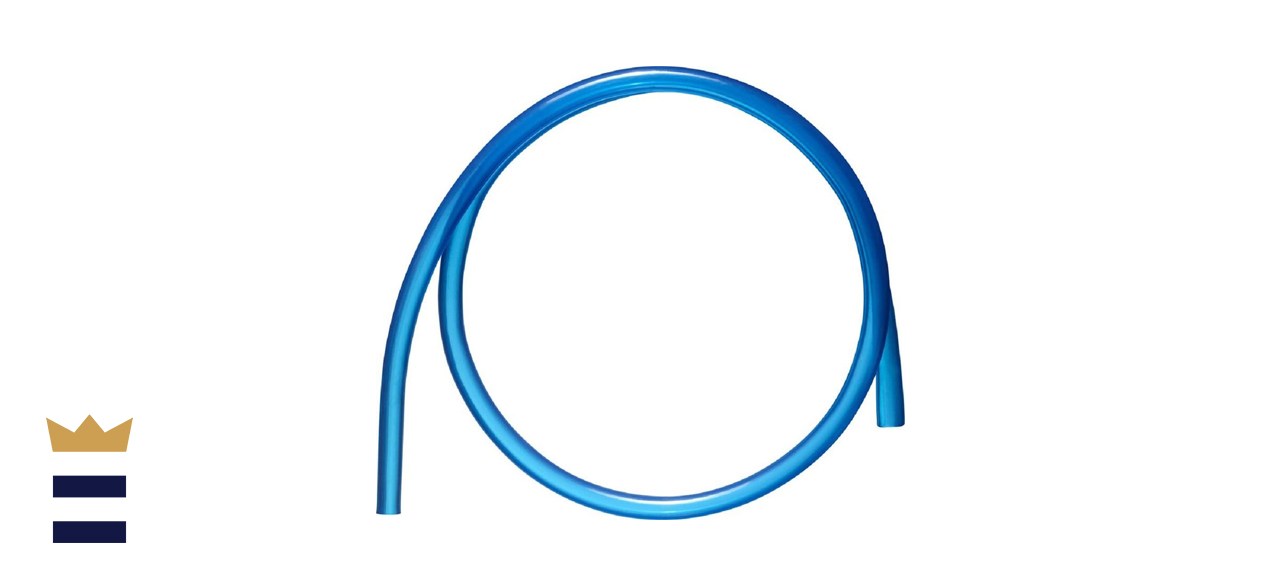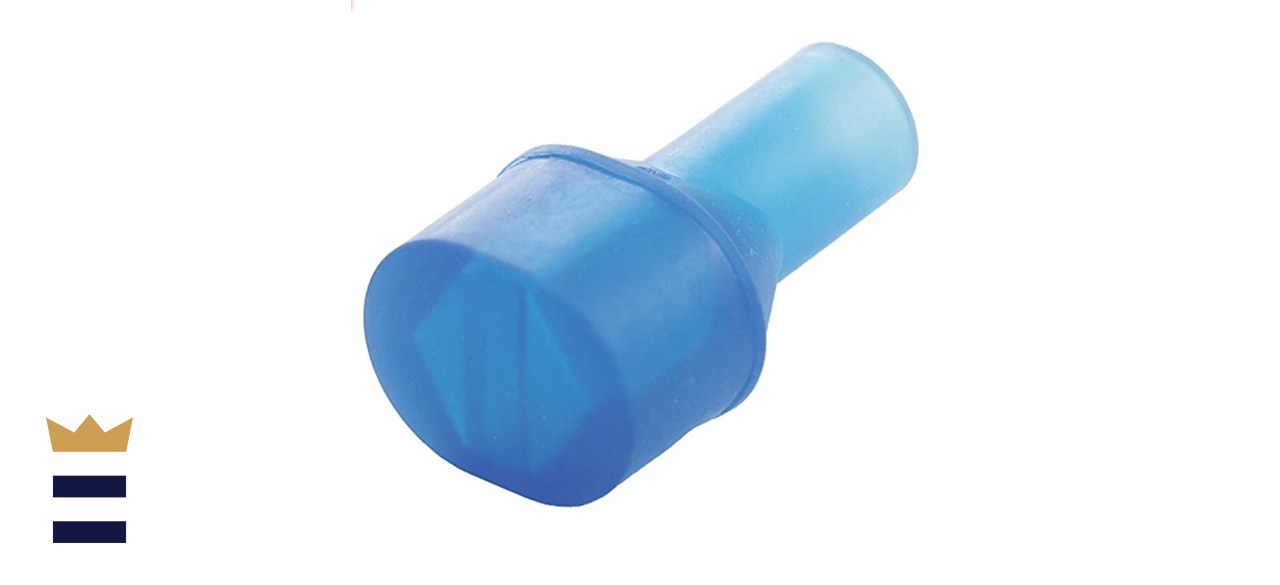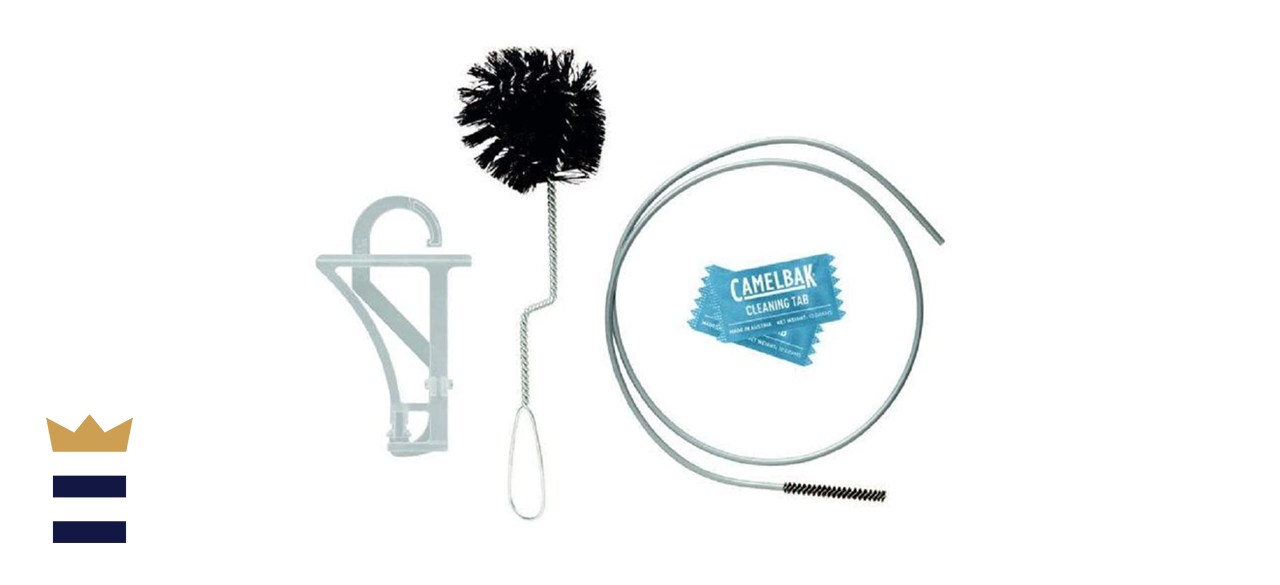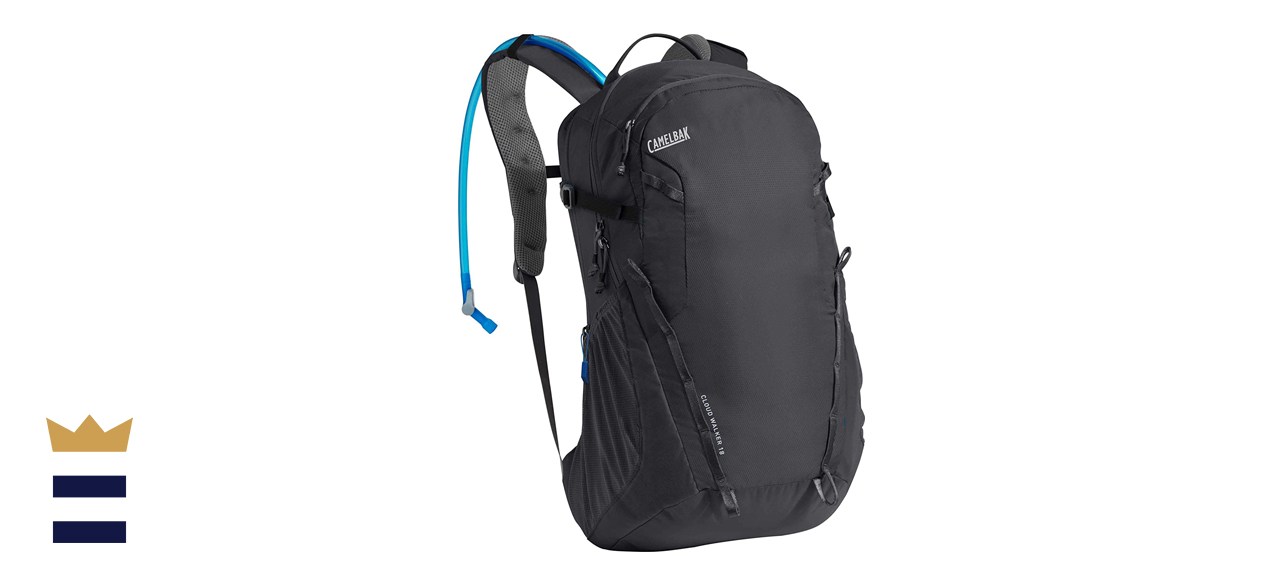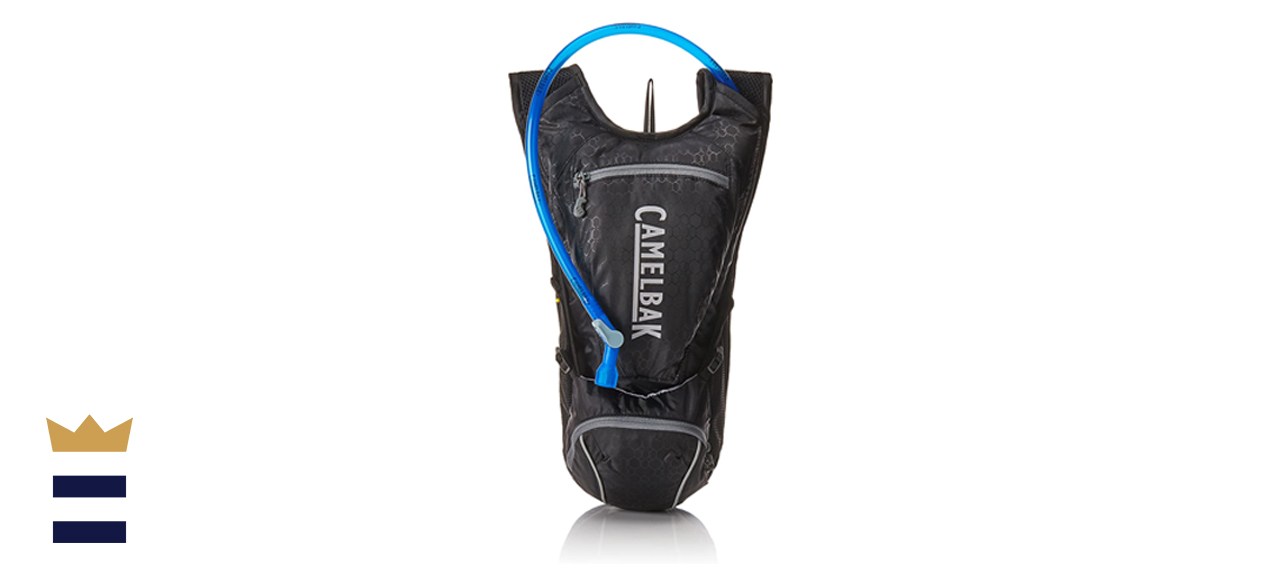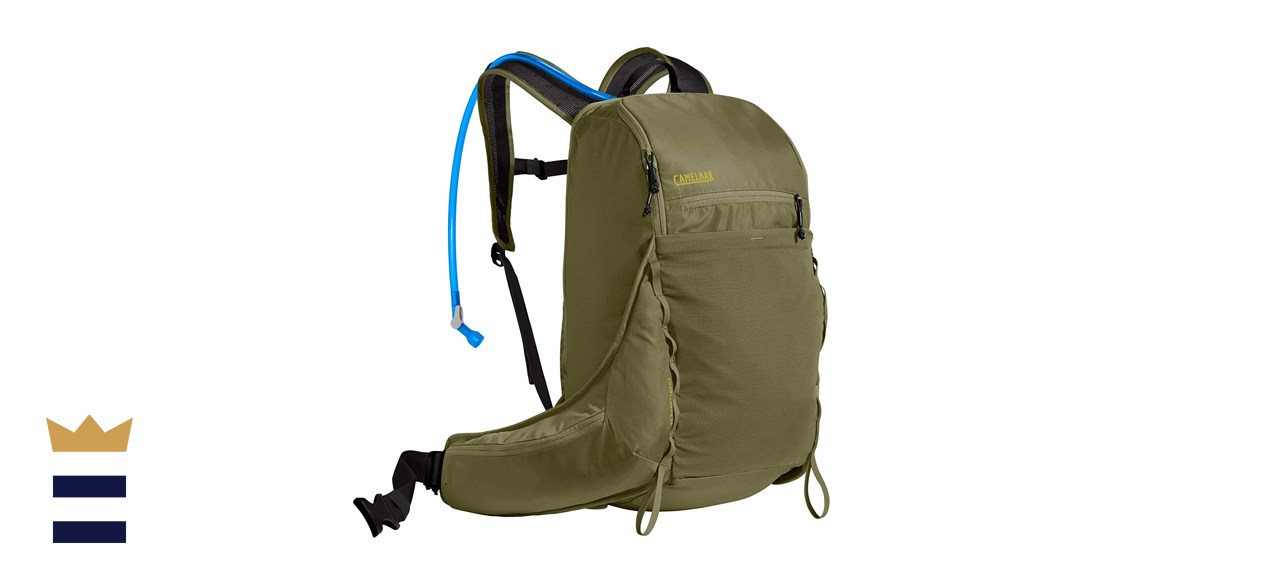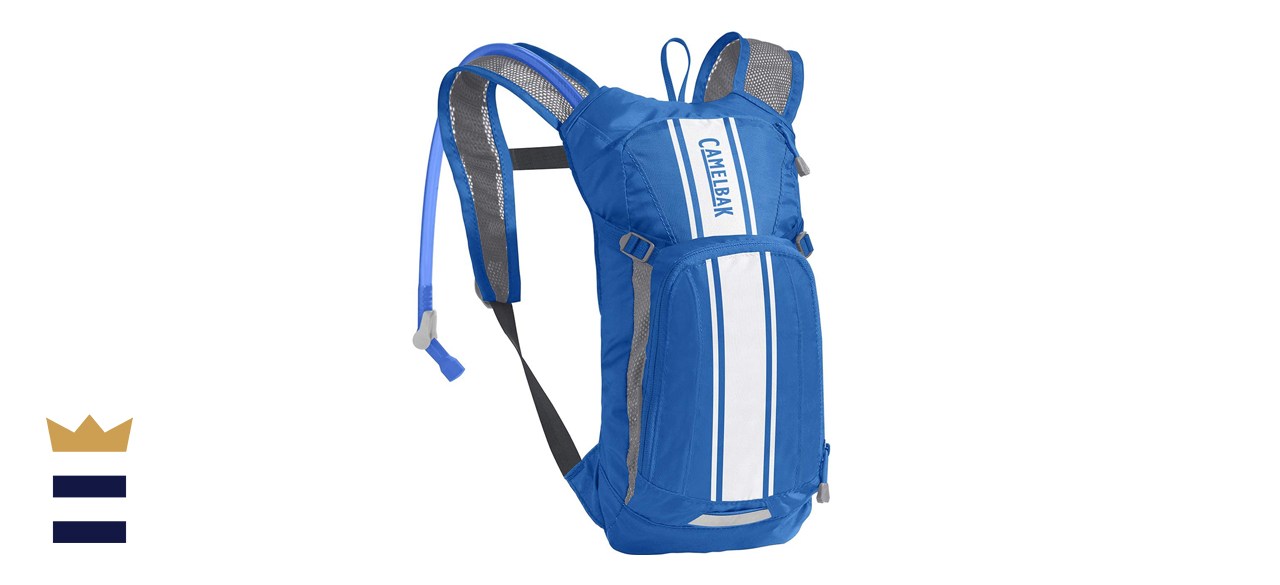Using a hydration pack for hiking
Keeping your body hydrated while out hiking is imperative for staying safe and healthy when hitting the trail for a hike. During the hot summer months, your body can lose moisture quickly, leading to dehydration and accompanying symptoms. CamelBak hydration packs are a great way to increase your fluid intake while outdoors and eliminate the need for heavy and bulky water bottles.
If you’re considering a CamelBak hydration pack for your next adventure, our guide will provide everything you need to know about choosing and properly using a Camelbak pack.
What is a CamelBak?
CamelBaks have been on the market for a few decades but are still gaining public awareness and popularity. Consisting of a lightweight pack with a capacity typically less than 30 liters, CamelBak packs have an interior storage compartment designed to hold a hydration bladder, also called a reservoir, which connects to a small plastic tube allowing the user to drink hands-free.
Due to their smaller pack capacity, Camelbaks are best used for day hikes and shorter trips, as most won’t be large enough to hold the necessary camping equipment. While popular among hikers, Camelbacks are also excellent for cycling, running, skiing or other outdoor exercise types.
CamelBak components
Pack
The pack sizes of CamelBak packs can range from small 5-liter packs up to packs with a capacity of 30 liters or more. Other than the water bladder compartment, many CamelBak packs will feature main gear storage compartments, an extra zip and side pockets. Some larger Camelbak packs will include padded hip belts and shoulder straps for additional support, with smaller models using mesh straps for breathability.
Hydration bladder
One of the most critical parts of a CamelBak is the hydration bladder. The durable yet pliable bladder is made from BPA-free materials and serves as a replacement for your water bottle, keeping your water cool and free from any leakage. CamelBak bladders range in size from 1.5-3 liters. You can also purchase bladders separately for use in other hydration-compatible packs.
Drinking tube
As the name suggests, the drinking tube transfers the water from the bladder to your mouth. CamelBak drinking tubes also use HydroGuard technology to keep the interior lining free from bacterial growth.
Bite valve
At the end of the drinking tube is the bite valve. To keep the water from spilling out while on your hike, the bite valve has a self-sealing feature that requires you to gently bite down on the silicone valve to generate water flow.
Choosing a CamelBak
Cost
CamelBaks designed for hiking vary in cost, so your overall budget will factor into the model you end up choosing. Smaller capacity packs cost around $50, with larger bags ranging up to $100 or more.
Features
Specific packs have additional features that some hikers might prefer. These include bladder insulation for cold-weather hikes, hip belts for heavier loads and more pockets for extra gear or accessories that you might need on your hike. Packs with more features usually have a higher price point.
Capacity
The capacity of both the pack itself and the bladder are essential to consider before making a decision. Short-distance day hikers can usually get by with smaller models capable of holding 1.5- or 2-liter bladders, while more prolonged and more challenging hikes or hot weather conditions may require the use of a 3-liter bladder. If you’re unsure which capacity is suitable for you, it’s always a smart plan to carry more water than not enough.
How to use a CamelBak
Remove and fill the hydration reservoir
The CamelBak hydration reservoirs are easy to remove from the back compartment of your pack. Once removed, twist off the sizeable leak-proof cap, making it easy to fill your bladder whether you’re using a faucet or pitcher. The removable drinking tubes have an on/off lever to stop leaks during the filling process and on the go.
Adjust the drinking tube
Once you’ve replaced the bladder, feed the drinking tube out through the narrow entry slit near the top of the pack. Some models will allow you to place the tube on both the right or left sides, and some feature a convenient clip attached to the pack’s strap, so you can keep your drinking tube secure when not in use.
Adjust the pack straps
After you’ve secured the bladder and adjusted the drinking tube, you can finish packing your CamelBak with any additional gear you plan on carrying. Finally, change your shoulder straps so the pack feels comfortable against your back without too much strain. Hip belts should be situated and aligned with the top of your hip bones. Tighten the chest straps above your abdomen to alleviate any extra backpressure.
Clean the hydration bladder
After each use, you should clean your hydration bladder to prevent bacteria from growing and causing unpleasant tastes or smells. By investing in a CamelBak cleaning kit, you can access all of the hard-to-reach areas of your bladder and drinking tube.
- Add warm water to the bladder along with a cleaning tablet and close the lid. If you want to use a home remedy, you can opt for dish soap, lemon juice, baking soda or even a couple of drops of unscented bleach.
- Shake the bladder and let it soak for several minutes before allowing the contents to flow out through the drinking tube.
- For a deeper clean, scrub the inside of the bladder and drinking hose with mild dish soap and specialized brushes.
- Disassemble all components and let them fully dry before storing.
Best CamelBak packs for hiking
The padded back and shoulder straps of this pack, along with the included 2-liter reservoir, make this hiking pack a good mid-range option, ideal for spending several hours in the wilderness.
Where to buy: Sold by Amazon and Backcountry
With minimal storage space, this pack is best for quick hikes or trail runs that won’t require a ton of gear. However, the 2-liter reservoir capacity ensures you’ll have enough water for your trip.
Where to buy: Sold by Amazon
Hikers looking to spend an entire day in the outdoors will benefit from the 3-liter water bladder capacity, extra front and side storage pockets, 26-liter gear storage, and weight-transferring hip belt design.
Where to buy: Sold by Amazon and Backcountry
Kids need to stay hydrated too. This child’s hydration pack easily fits smaller frames and can hold up to 1.5 liters of water so that they won’t get thirsty halfway through a hike.
Where to buy: Sold by Amazon and Backcountry
Matthew Young is a writer for BestReviews. BestReviews is a product review company with a singular mission: to help simplify your purchasing decisions and save you time and money.
Copyright 2021 BestReviews, a Nexstar company. All rights reserved.


